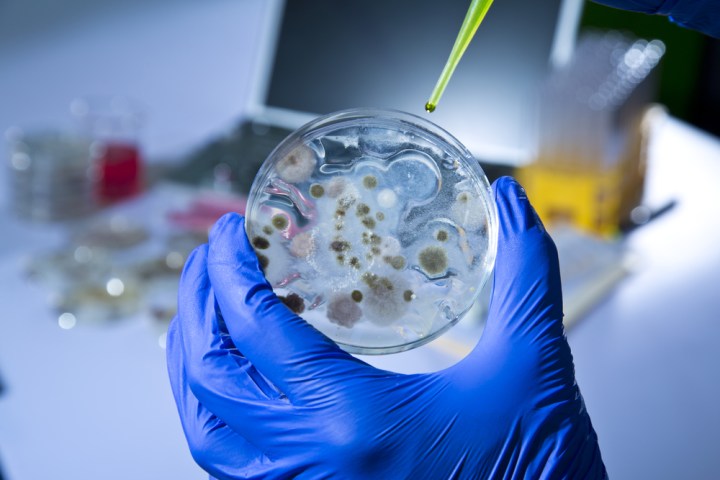
Despite the common correlation between sanitization and health, microbial communities have proven to help immunize people at young ages and keep them healthier into old age. In an essay titled Buildings, Beneficial Microbes, and Health, Yale chemical and environmental engineers Jordan Peccia and Sara E. Kwan suggest we consider how to foster a positive microbial environment within the buildings we inhabit.
“Americans spend 90 percent of our time in buildings, which are covered with bacteria, fungi, pollen, and viruses,” Peccia told Digital Trends. “Understanding how these microbes negatively and beneficially impact our health seems important to me,” he explained, going on to admit that his interest in microbes and living spaces hits close to home: “As a microbial process engineer, it’s the only research topic I’ve worked on that has interested my mother-in-law.”
Infants encounter microbial communities from the moment of birth. In fact, Peccia and Kwan note, there’s evidence to suggest we’re exposed to microbes even through the placenta, months before we begin breathing our own air. In the years following birth, we build up our own microbiomes through contact with our mothers, pets, and our various excursions outdoors. These last two sources are often lacking from an urban family’s lifestyle — but they don’t have to be.
“I like the parallel between living on a farm with animals and living in an urban area and owning a dog,” Peccia said. “Bavarian farmers and the Amish have very low asthma rates, and this has been attributed the early life exposure to microbes that originate from farm animals. Scientists are seeing a similar relationship with dog ownership. A child is less likely to develop allergies if she or he is exposed to a dog in early life. Another study found that symptoms in mice with allergies could be reduced if you gave them dust from a house that contained a dog.”
Further research is needed into how architects and designers might foster beneficial microbial environments within our homes, hangouts, and workspaces, but Peccia thinks this investigation is important. He also recognizes that the study itself is still in its infancy.
“I believe that the path forward will be to clearly identify which microbes are beneficial and uncover their sources,” he said. “And then use tools like aerosol physics and mathematical models to understand how behaviors such as increasing outdoor ventilation or using different building materials governs human exposure to good and bad microbes.”
In the meantime, Peccia also mentioned he has some dog dust for sale, if anyone is interested.



